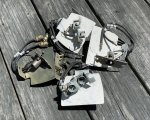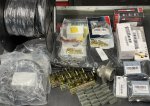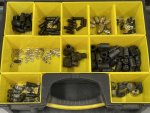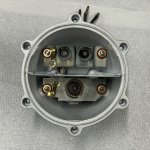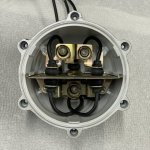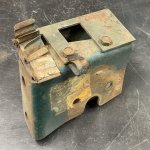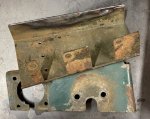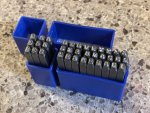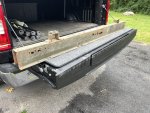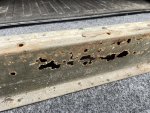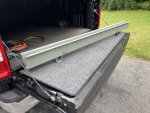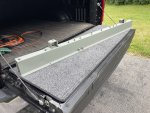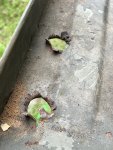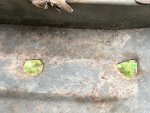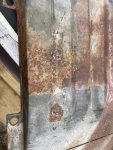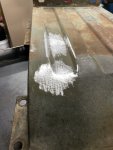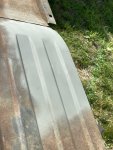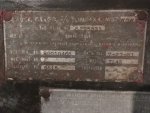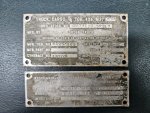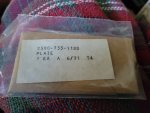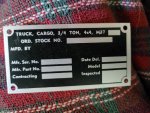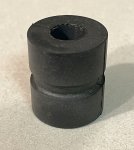While I'm waiting for some light parts to arrive (red full-lens doors are on back order, amber being shipped), I thought I'd turn my attention to wiring for a while. I have a reproduction wiring harness (the most complicated one), which I bought several years ago, and I just checked on prices for the other harnesses, and I think I'll make up what I need from scratch. I'll stay with the original Douglas connectors when it's expedient to do so, but I'm sure that I'll be making up some Packard connectors as well, at least for certain modifications.
Here's the wiring harness that I already have:
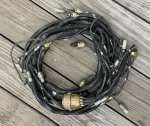
I should be able to use what's left of the remaining old harnesses as general templates for making the new ones. There will be a few modifications, such as for a keyed ignition switch, brake system failure warning lights, 'possibly' electric wipers (haven't decided yet), etc.
In any case, I want to do a proper job crimping the Douglas 'bullet' contacts (terminals), and I wasn't happy with my existing assortment of crimp tools, so I shopped around a bit and got a good deal on a very nice Buchanan 10692, mil spec MS3191-1 crimp tool kit, which, from what I've heard, should work with these contacts. It's in nearly-new condition (just a bit of patina and NO rust) and still in its original wooden case, complete with three go/no-go gauges, instructions, and even a warranty registration card (I suspect that the warranty may no longer apply, as I think this was probably made in the 1960s). I also have all three positioners (aka, locators) for the three wire size ranges the tool was designed for, which control characteristics such as crimp depth and ratchet release point.
I believe that if this kit works for the Douglas connector contacts, it should also work for the Packard female connectors (i.e., male contacts).
As to the Packard male connectors (with the female contacts), I'm still looking for the best crimper. I've seen people use a 4-indent crimp tool like the above, but I'm not sure if that's optimum for the female contacts in the male connector. I'm guessing that a 'nest and indent' crimper might work well, based on the way the contact is constructed. I'll do a bit of research, but if anyone knows the answer, please chime in...and feel free to correct any of my nomenclature.
Here's the nice wooden case the tool came in:
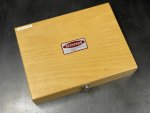
And here are the contents (going by the instructions, I think this is a complete kit, and the extra holes are just for future expansion/options):
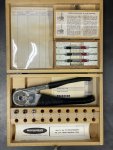
Go/no-go gauges:
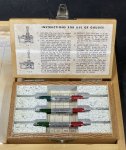
The crimp tool with all three positioners.
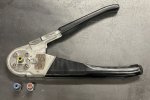
I'll post a few photos after I start using the tool. That might have to wait a few days, as I'm currently trying to get ready to put our dock in the water for the season. I have to pull it out every year before the river freezes over, and because of its design and the nature of our shoreline, it's always a big job to get it back in the water. More later.









